#nasa hubble telescope
Explore tagged Tumblr posts
Text

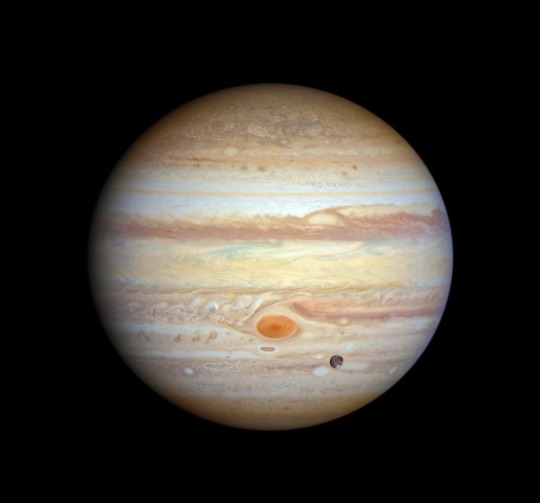
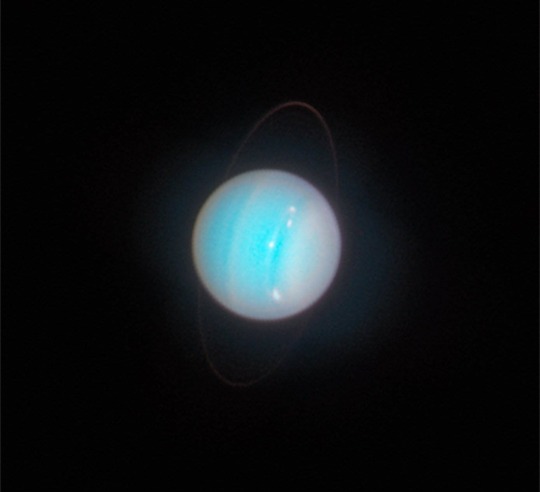

NASA Hubble Jupiter and Uranus
230 notes
·
View notes
Text

HUBBLE'S BUBBLE. 🌌🫧
This blue "bubble" surrounding a massive, late-stage star about 30,000 light-years away is called a Wolf-Rayet nebula.
It was created when speedy stellar winds interact with the outer layers of hydrogen that are ejected by Wolf–Rayet stars.
📷: NASA Hubble
32 notes
·
View notes
Text

Nebulae,Supernovae & Stars Captured by Hubble Space Telescope.
25 notes
·
View notes
Text
The bright variable star V 372 Orionis takes centre stage in this image from the Hubble Telescope, which has also captured a smaller companion star in the upper left of this image. Both stars lie in the Orion Nebula, a colossal region of star formation roughly 1450 light years from Earth.
V 372 Orionis is a particular type of variable star known as an Orion Variable. These young stars experience some tempestuous moods and growing pains, which are visible to astronomers as irregular variations in luminosity. Orion Variables are often associated with diffuse nebulae, and V 372 Orionis is no exception; the patchy gas and dust of the Orion Nebula pervade this scene.
[Image description: Two very bright stars with cross-shaped diffraction spikes are prominent: the larger is slightly lower-right of centre, the smaller lies towards the upper-left corner. Small red stars with short diffraction spikes are scattered around them. The background is covered nearly completely by gas: smoky, bright blue gas around the larger star in the centre and lower-right, and wispier red gas elsewhere.]
Credit: ESA/Hubble & NASA, J. Bally, M. Robberto

#science#universo#astronomy#outer space#news#space science#space exploration#astronomy news#space#research#nasa hubble telescope#hubble#hubble telescope
3 notes
·
View notes
Text
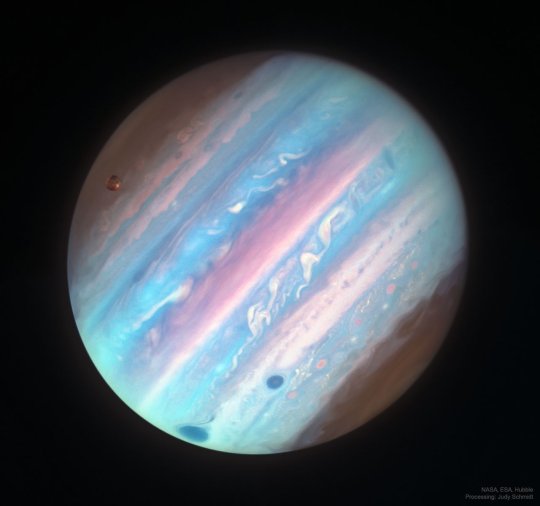

Jupiter in Ultraviolet from ESA/Hubble
#space#jupiter#astrophotography#nasa#hubble space telescope#universe#planet#solar system#galaxy#astronomy#cosmos
19K notes
·
View notes
Text



Supermoon by garrastro.
#moon and stars#moon#moon aesthetic#moon photography#stars#star#space#nasa#alternative#aesthetic#dark academia#dark academic aesthetic#dark aesthetic#aestheitcs#dark#art#light acadamia aesthetic#light academia#sky#telescope#hubble
3K notes
·
View notes
Text

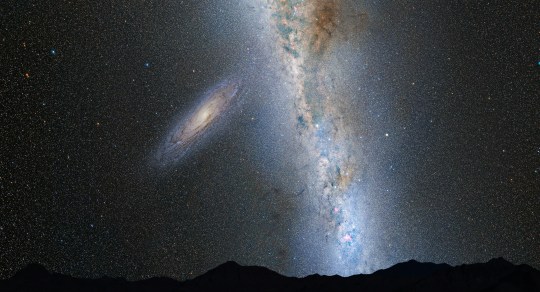



(by NASA Hubble Space Telescope)
#upl0ad5#landscape#NASA Hubble Space Telescope#space#night#milky way#galaxy#nasa#Andromeda Galaxy#aesthetic#photography#photoset
4K notes
·
View notes
Text
Close up of Pluto from the New Horizons space probe.
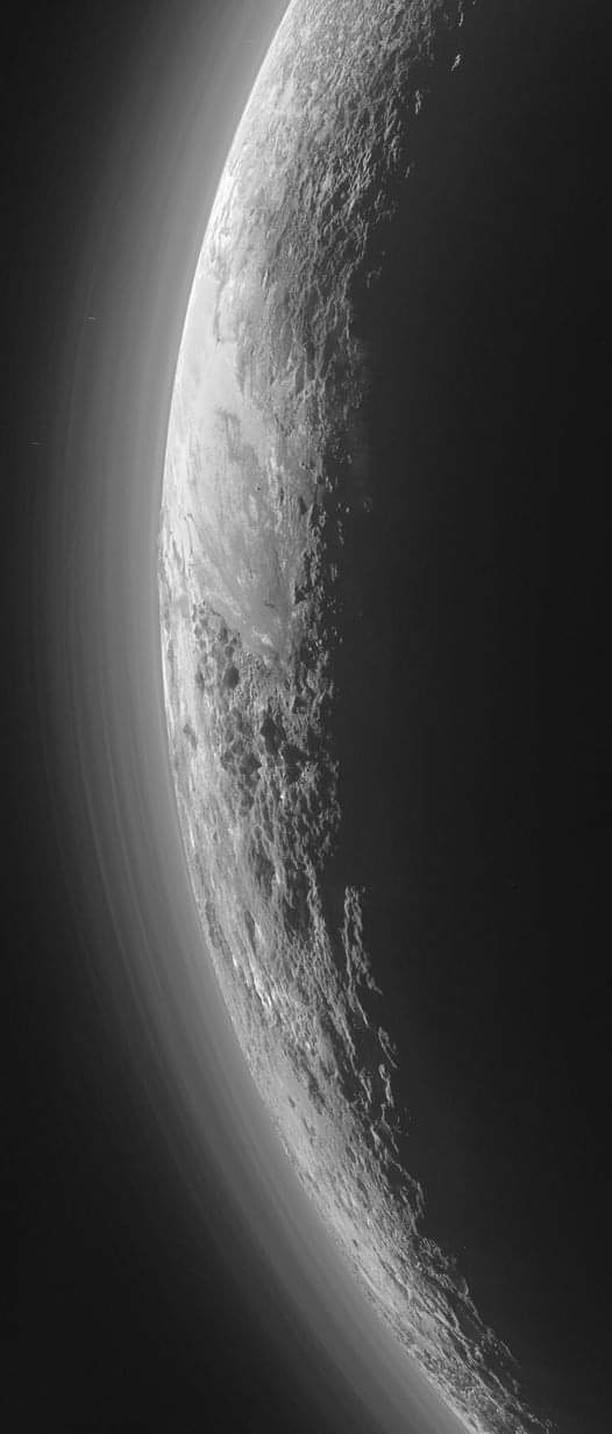
Will be adding several more photos to this same post
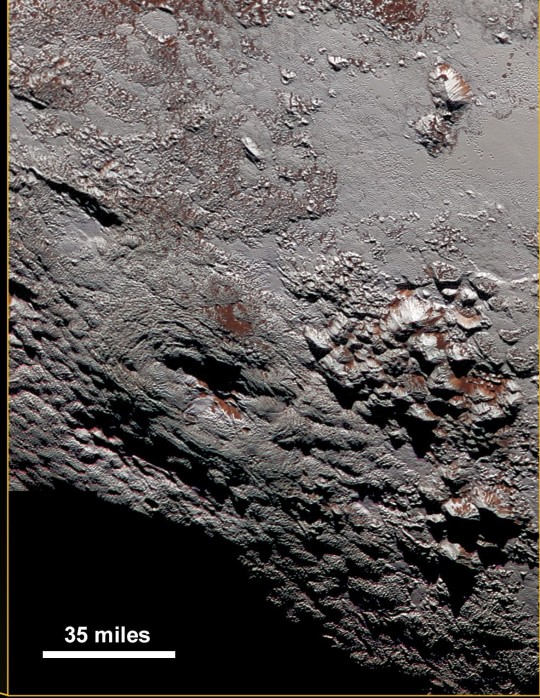

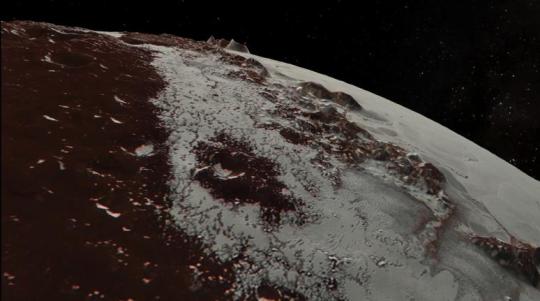
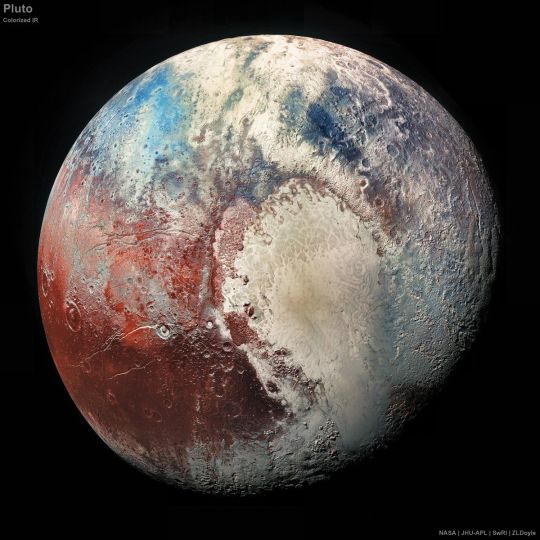
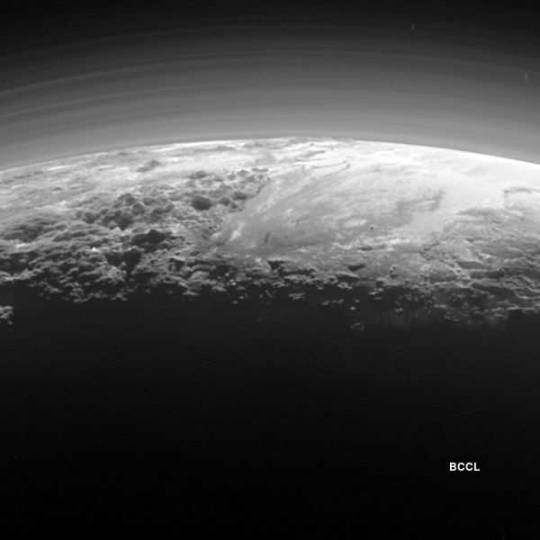
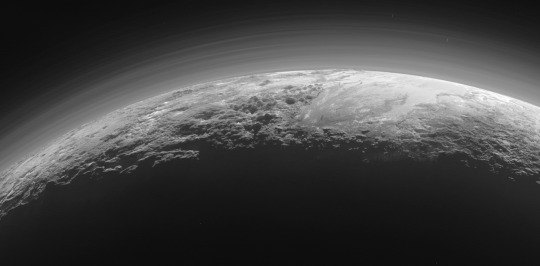

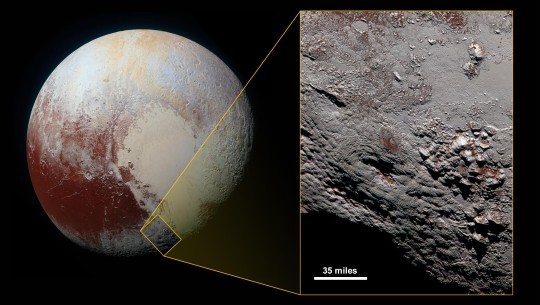
#astronomy#nasa#astronomers#universe#astrophotography#nasa photos#nasawebb#astrophysics#outer space#hubble space telescope#astrology#astronomy photography#astronomy picture of the day#astro observations#astro notes#astro community#astrography#our universe#nebula#pluto#planets#planet#nasa picture of the day#goddard space flight center#galaxies#galaxy#spacecraft#new horizons#space exploration#space
20K notes
·
View notes
Text








...Some part of our being knows this is where we came from. We long to return, and we can, because the cosmos is also within us. We're made of star stuff. We are a way for the cosmos to know itself.
l Webb & Hubble via NASA 360 l Carl Sagan "Cosmos"
#space#nasa#webb#hubble telescope#james webb space telescope#astrophotography#astronomy#stars#galaxy#nebula#sky#universe#solar system#carl sagan#quotes#words#cosmos
1K notes
·
View notes
Text
Black Hole Friday Deals!
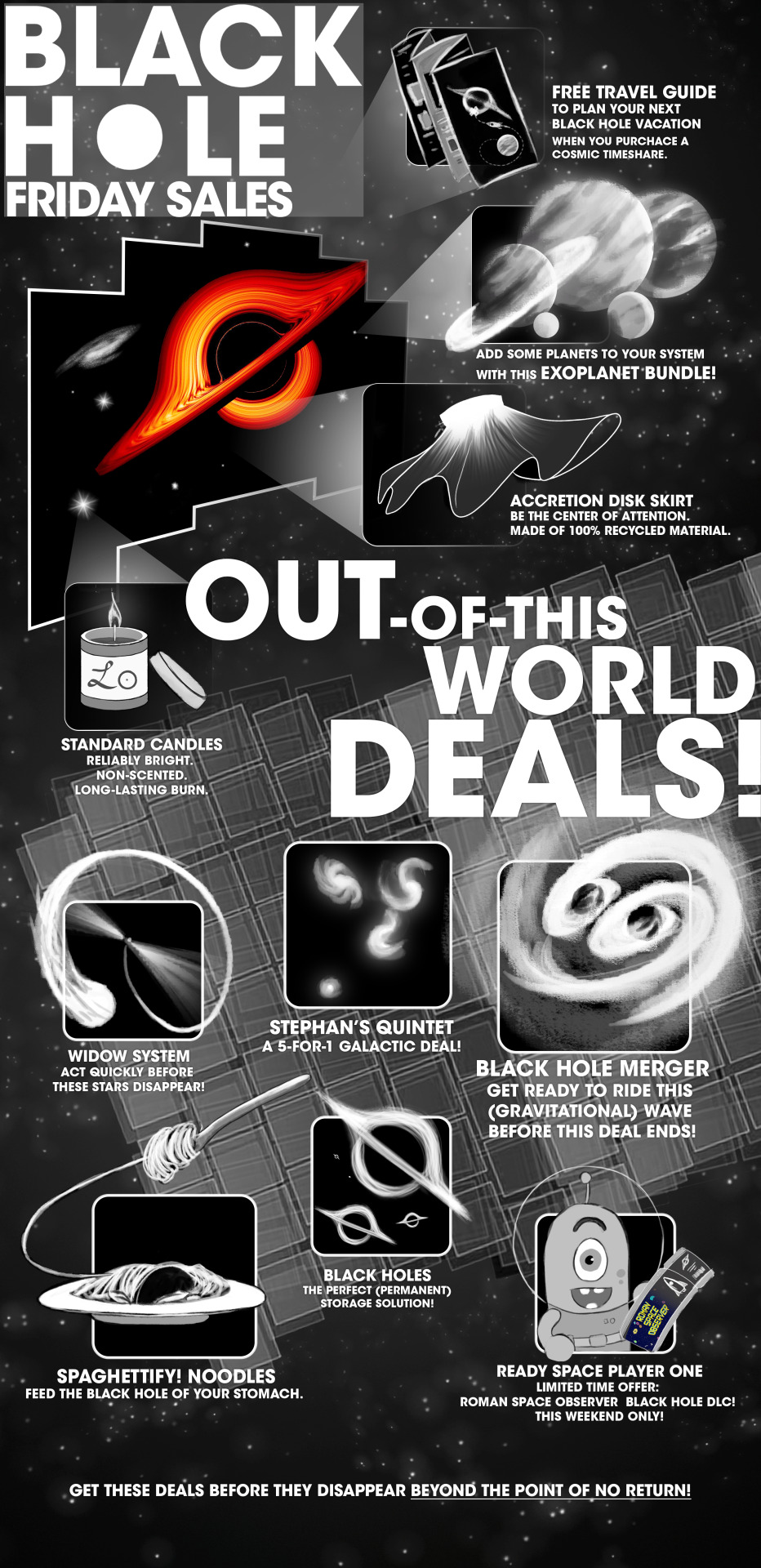
Get these deals before they are sucked into a black hole and gone forever! This “Black Hole Friday,” we have some cosmic savings that are sure to be out of this world.
Your classic black holes — the ultimate storage solution.
Galactic 5-for-1 special! Learn more about Stephan’s Quintet.
Limited-time offer game DLC! Try your hand at the Roman Space Observer Video Game, Black Hole edition, available this weekend only.
Standard candles: Exploding stars that are reliably bright. Multi-functional — can be used to measure distances in space!
Feed the black hole in your stomach. Spaghettification’s on the menu.
Act quickly before the stars in this widow system are gone!
Add some planets to your solar system! Grab our Exoplanet Bundle.
Get ready to ride this (gravitational) wave before this Black Hole Merger ends!
Be the center of attention in this stylish accretion disk skirt. Made of 100% recycled cosmic material.
Should you ever travel to a black hole? No. But if you do, here’s a free guide to make your trip as safe* as possible. *Note: black holes are never safe.
Make sure to follow us on Tumblr for your regular dose of space!
#NASA#astronomy#telescope#Roman Space Telescope#black holes#galaxies#cosmology#astrophysics#stars#galaxy#Hubble#Webb#space#exoplanets#science#physics#comic#comics#comic art
3K notes
·
View notes
Text

Aurora on Saturn's south pole.
Instagram: nasahubble
#saturn#solar system#planets#aurora#solar storm#galaxy#milky way#celestial#outer space#universe#aesthetic post#much to ponder#hubble space telescope#hubble telescope#nasa photos#nasa#spirituality#astronomy#astrology
2K notes
·
View notes
Text

Aurora Borealis on Saturn captured by the Hubble Space Telescope
#saturn#aurora#aurora borealis#space#telescope#nasa#astronomy#planets#galaxy#aesthetic#hubble space telescope
4K notes
·
View notes
Text
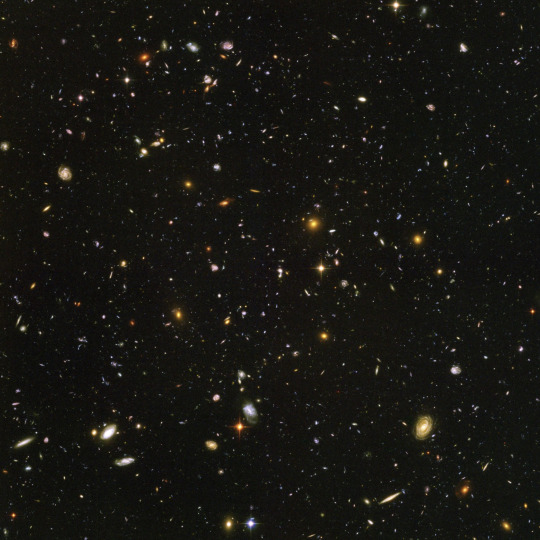
this view of nearly 10,000 galaxies was the deepest visible-light image of the cosmos, it shows a deep core sample of the universe. the total amount of exposure time was 11.3 days, taken between sept. 24, 2003 and jan. 16, 2004.
503 notes
·
View notes
Text

Starstruck in Terzan 4. ESA/Hubble.
#starstruck#terzan 4#globular cluster#star cluster#cluster terzan#nasa hubble telescope#esa#astrophotography#cosmos#space#universe
7 notes
·
View notes
Text



From the depths of the ocean to the most distant galaxies, we’re all connected! 💫 💙
Recently, @montereybayaquarium Executive Director Julie Packard and Space Telescope Science Institute Director Dr. Jennifer M. Lotz were honored with 2024 Clarke Foundation awards.
In celebration, the Aquarium has partnered with STScI to bring you images from outer space and Earth’s life-giving ocean. It’s in moments like these that we can pause to appreciate and be in awe of the world we live in. As John Steinbeck and Ed Ricketts wrote in “The Log from the Sea of Cortez”: “It is advisable to look from the tide pool to the stars and then back to the tide pool again.” ✨
Credit: NASA,ESA, and the Monterey Bay Aquarium.
#space#astronomy#stsci#science#nasa#universe#hubble#hubble space telescope#hubble telescope#clarke foundation#monterey bay aquarium#aquarium#oceans#earth#crab nebula#jelly fish#anemone#nudibranch#nebula#galaxies
212 notes
·
View notes
Text




The Helix Nebula © 1/2/3/4
#nebula#space#helix nebula#astrophotography#hubble telescope#spitzer#stars#galaxy#universe#nasa#astronomy#apod#cosmos#solar system#night sky
5K notes
·
View notes